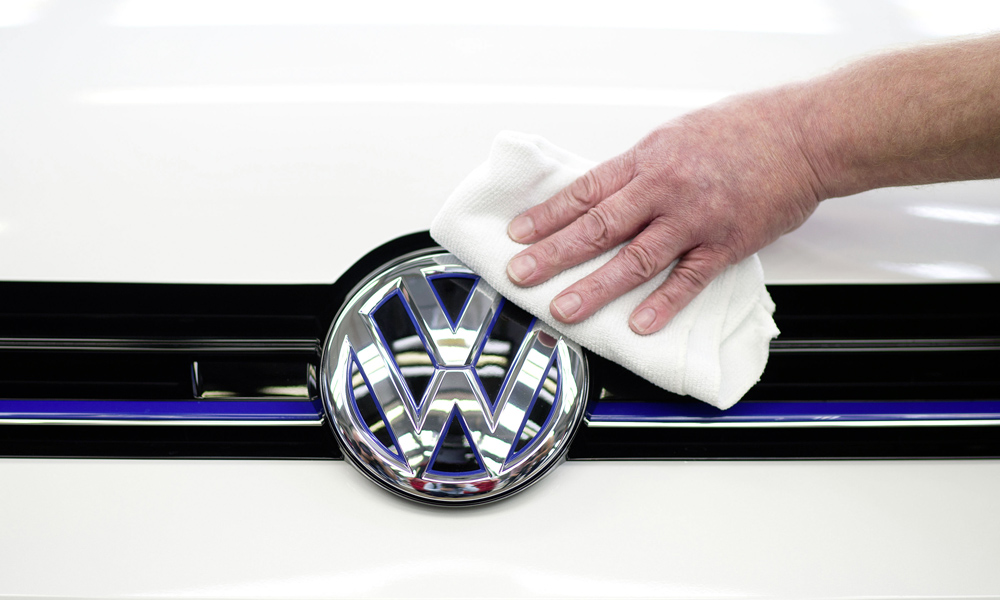
Almost every time I visit a fuel station, an attendant asks me whether I’d like my vehicle’s oil and coolant levels checked. In my opinion one should never agree to that.
A vehicle’s oil level should only be checked after the engine has been stopped for some time. If you check the oil level just after the fuel tank has been filled, there wouldn’t have been enough time for the oil to settle (after the engine stopped) and the reading would not be accurate. Checking the coolant level is an even worse idea, because it is very dangerous to open the reservoir while the liquid is hot. It can lead to severe burns and, moreover, the coolant level would not be correct either. In addition, opening the reservoir when its contents are hot can, in some cases, lead to the deterioration of the reservoir’s gasket. What is your opinion?
WOJCIECH PRZYBYLOWICZ
Stellenbosch
Answer: We share your safety concern on the routine coolant level check of a hot engine (except where a visual inspection is possible without opening the reservoir, or in an emergency, where a lot of coolant has been lost).
There is still merit in checking the oil level after fuelling, however. As the engine and oil should be fairly hot (low viscosity) at the time of refuelling, the drain-down time of the oil to the sump should be only a couple of minutes – about the time it takes to refuel an empty tank and clean a windscreen. Technical editor Nicol Louw says the Ford Transit programme he worked on had a diagnostic oil-level monitor where the oil level measurement became active only when a rise in the fuel tank’s level was detected, for this reason.
As few motorists check the oil level of their vehicle’s engine themselves, we would rather recommend that they request (and witness) an oil level check at the fuel station. It might be a useful tip to not add oil at the fuel station if the oil level is just below the full mark and re-check the oil level at a later stage when more drain-down time has elapsed.




